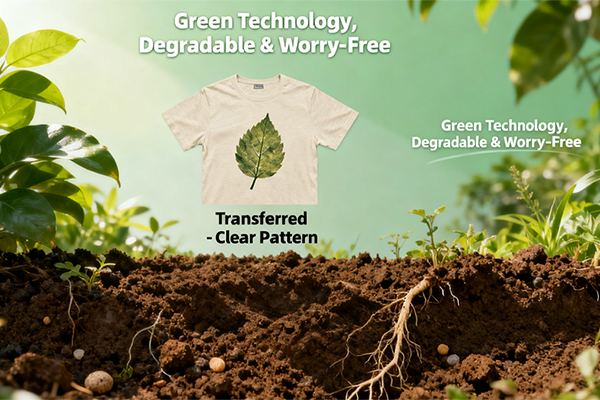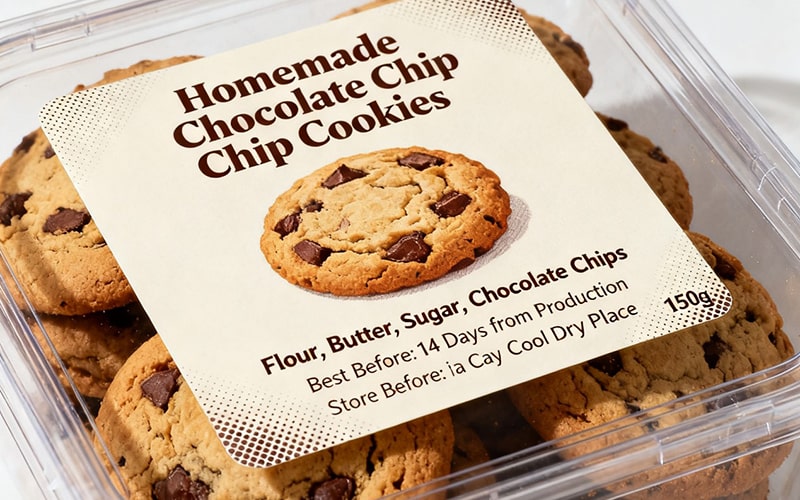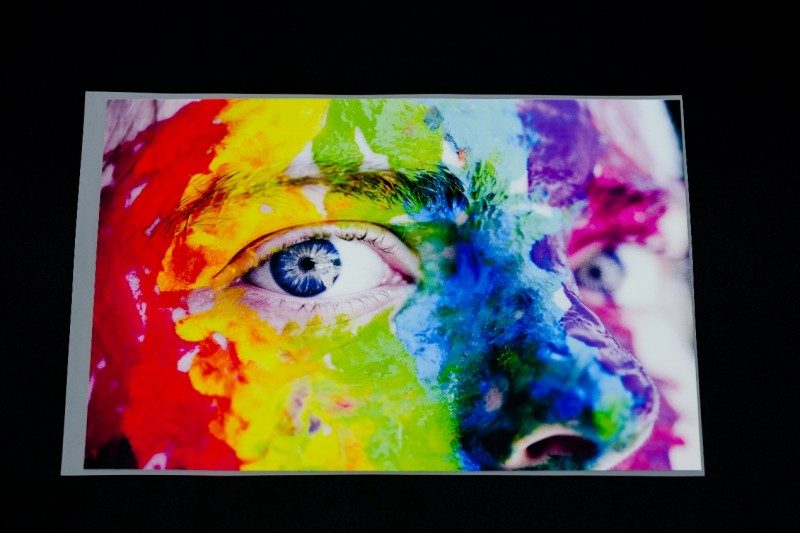The Pros and Cons of DTF film printing: A Comprehensive Guide
In the dynamic world of custom apparel printing, b...
MoreSelf-adhesive labels for printing, often referred to as pressure-sensitive labels, are versatile materials consisting of a face stock (paper, film, or foil), an adhesive, and a silicone-coated release liner. They are designed to be printed on using various technologies like inkjet, laser, thermal transfer, or flexography, and then applied to surfaces with minimal pressure, without the need for water, solvent, or heat activation. This makes them distinct from traditional glue-applied labels. The global self-adhesive labels market, valued at approximately USD 46.5 billion in 2022, is a testament to their widespread adoption across countless industries. Their primary function is to carry vital information, branding, and graphics, serving as a direct communication link between a product and the end-user. From the barcode on a retail item to the warning label on a chemical container, these labels are integral to product identification, tracking, marketing, and compliance. The structure is key: the face stock receives the print, the adhesive provides the bond, and the release liner protects the adhesive until the moment of application, ensuring a clean and efficient process. Their ease of use and adaptability have made them the default choice for businesses of all sizes, enabling everything from high-speed industrial labeling to customized small-batch projects.
The applications for self-adhesive labels are virtually limitless, driven by their customizability and performance. In the retail sector, they are the backbone of product packaging, featuring vibrant brand logos, ingredients, and usage instructions. The food and beverage industry relies heavily on them for compliance with nutritional labeling laws and for ensuring product freshness with date codes. In logistics and shipping, durable self-adhesive labels function as shipping labels and tracking barcodes, capable of withstanding handling and environmental exposure. Industrially, they serve as asset tags, warning labels, and certification marks on machinery and equipment. Furthermore, the healthcare and pharmaceutical sectors depend on specialized self-adhesive labels for patient identification, drug dosage information, and sterile barrier integrity. The rise of e-commerce has further fueled demand, as businesses require reliable, print-on-demand labels for shipping parcels directly to consumers. According to industry reports, the flexible packaging segment, which heavily utilizes self-adhesive labels, is projected to grow at a significant rate, underscoring their economic importance. The ability to select from a vast array of materials, adhesives, and shapes allows companies to find a precise solution for nearly any surface, including glass, plastic, metal, and cardboard, ensuring both functionality and aesthetic appeal.
Selecting the right self-adhesive labels for a specific application is a critical decision that impacts print quality, application efficiency, and end-use performance. The choice is not one-size-fits-all and requires a systematic evaluation of several key factors based on the product's lifecycle and environment. The first and most crucial step is to define the application requirements. Will the label be used indoors or outdoors? What surface will it be applied to (e.g., glass, plastic, metal, curved surface)? What are the environmental exposures, such as moisture, humidity, chemicals, UV light, or extreme temperatures? Will the label need to be removable or permanent? Answering these questions guides the selection of the three core components of the label: the face material, the adhesive, and the liner. For instance, a label for an outdoor tool must have a synthetic face material like polypropylene or vinyl and a permanent, weather-resistant adhesive, whereas a label for a temporary price tag on a retail shelf can use a basic paper face with a removable adhesive. Understanding the total cost of ownership, which includes the label material cost, printer compatibility, and application speed, is also essential for making an economically viable choice.
The selection process hinges on a detailed analysis of the three label components. First, the face material must be chosen based on durability and print compatibility. Common options include: uncoated paper (economical for indoor use), coated paper (provides a superior surface for high-quality graphics), and synthetic films like Polyethylene (PE), Polypropylene (PP), Polyester (PET), and Vinyl (PVC). Films offer resistance to water, oil, chemicals, and tearing, making them ideal for harsh environments. Data from material suppliers indicates that PP and PET films are among the most widely used synthetics due to their balance of performance and cost. Second, the adhesive must be matched to the surface and conditions. Permanent acrylic adhesives are standard for long-term bonding, while rubber-based adhesives offer high initial tack for difficult surfaces. Removable adhesives allow for clean removal without residue, crucial for promotional items or temporary branding. The surface energy of the application surface (e.g., low-energy plastics like PE and PP) is a critical factor; it often requires a specially formulated high-tack adhesive to ensure a reliable bond. Finally, the liner (the backing paper) must be compatible with your printing and dispensing equipment. The caliper (thickness) and release level are specified by equipment manufacturers to ensure reliable feeding and die-cutting. For laser printers, labels must be able to withstand high fuser temperatures without oozing adhesive, while inkjet labels require a quick-drying coating to prevent smudging. Consulting with a label material supplier or manufacturer with technical data sheets is highly recommended to validate the performance of a specific label construction for your unique application.
Select the most popular foreign trade service products to meet your diverse needs
Learn more about the dynamics and professional knowledge of the foreign trade industry

In the dynamic world of custom apparel printing, b...
More
Flexo printing uses flexible plates to create high...
More
Get ahead of the holiday rush with this actionable...
More
Sports are all about unity—and nothing fuels team ...
More
If you’re new to garment printing, using DTF film ...
More
For a leading Pearlized BOPP Film manufacturer, qu...
MoreSelect the most popular foreign trade service products to meet your diverse needs
Explore more content related to foreign trade services

Tel: +86 17706217416
Add: Building L2A, No. 520, Lane 1588, Zhuguang Road, Hongqiao World Center, Qingpu District, Shanghai, China
User Comments
Service Experience Sharing from Real Customers
Jennifer Martinez
Office ManagerThese self adhesive labels are perfect for our shipping department. They hold securely to any surface and print beautifully with our laser printer. No smudging or peeling issues!
David Chen
Small Business OwnerExcellent quality labels that work seamlessly with my inkjet printer. The adhesive is strong but doesn't leave residue when removed. Perfect for product labeling and organization.
Sarah Johnson
Administrative AssistantGreat value for money! These labels handle high-volume printing without jamming. The matte finish looks professional and the adhesive works well on various surfaces.
Michael Thompson
Inventory SpecialistOutstanding performance with both thermal and standard printers. The labels stay put in warehouse conditions and the print remains legible even in humid environments.